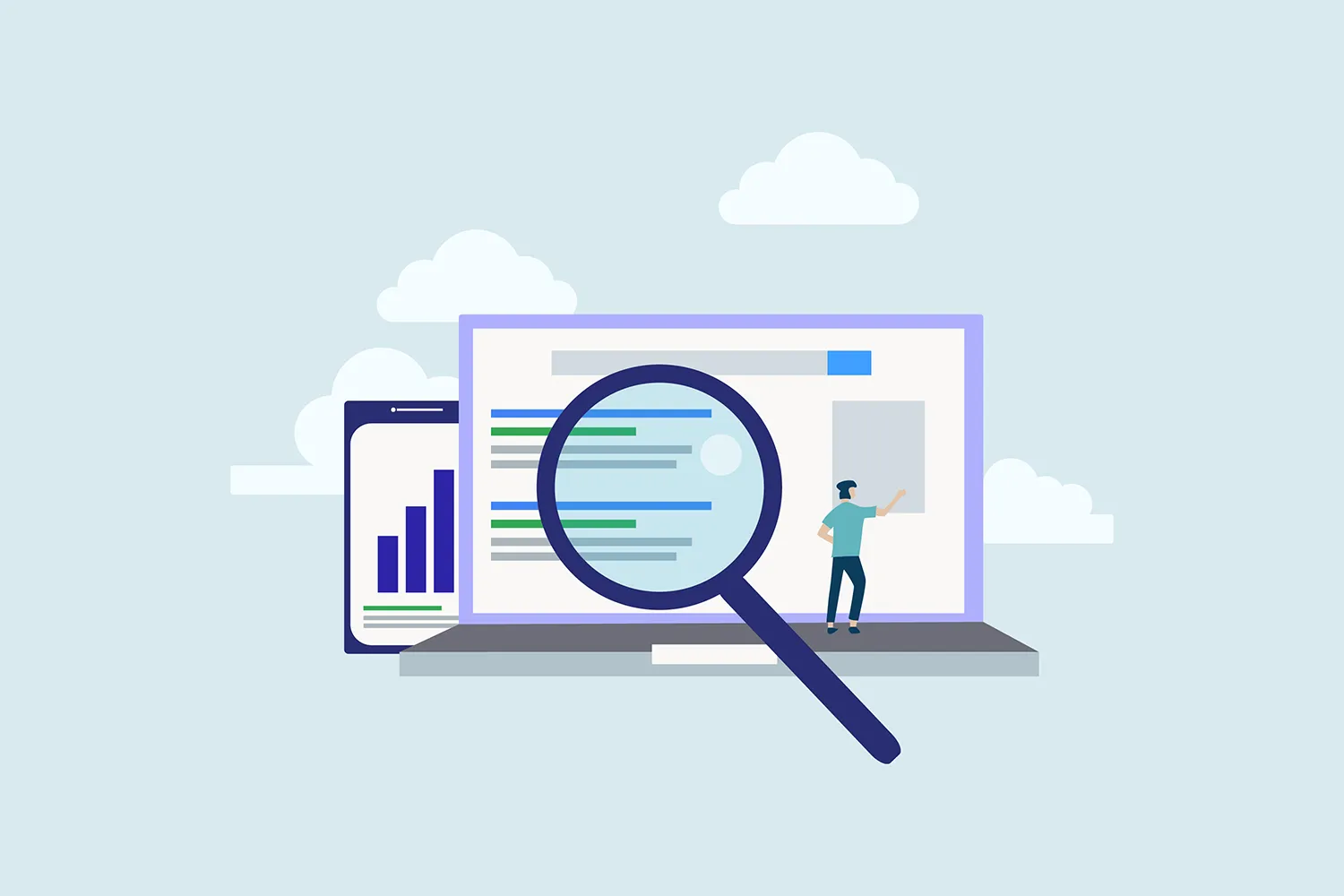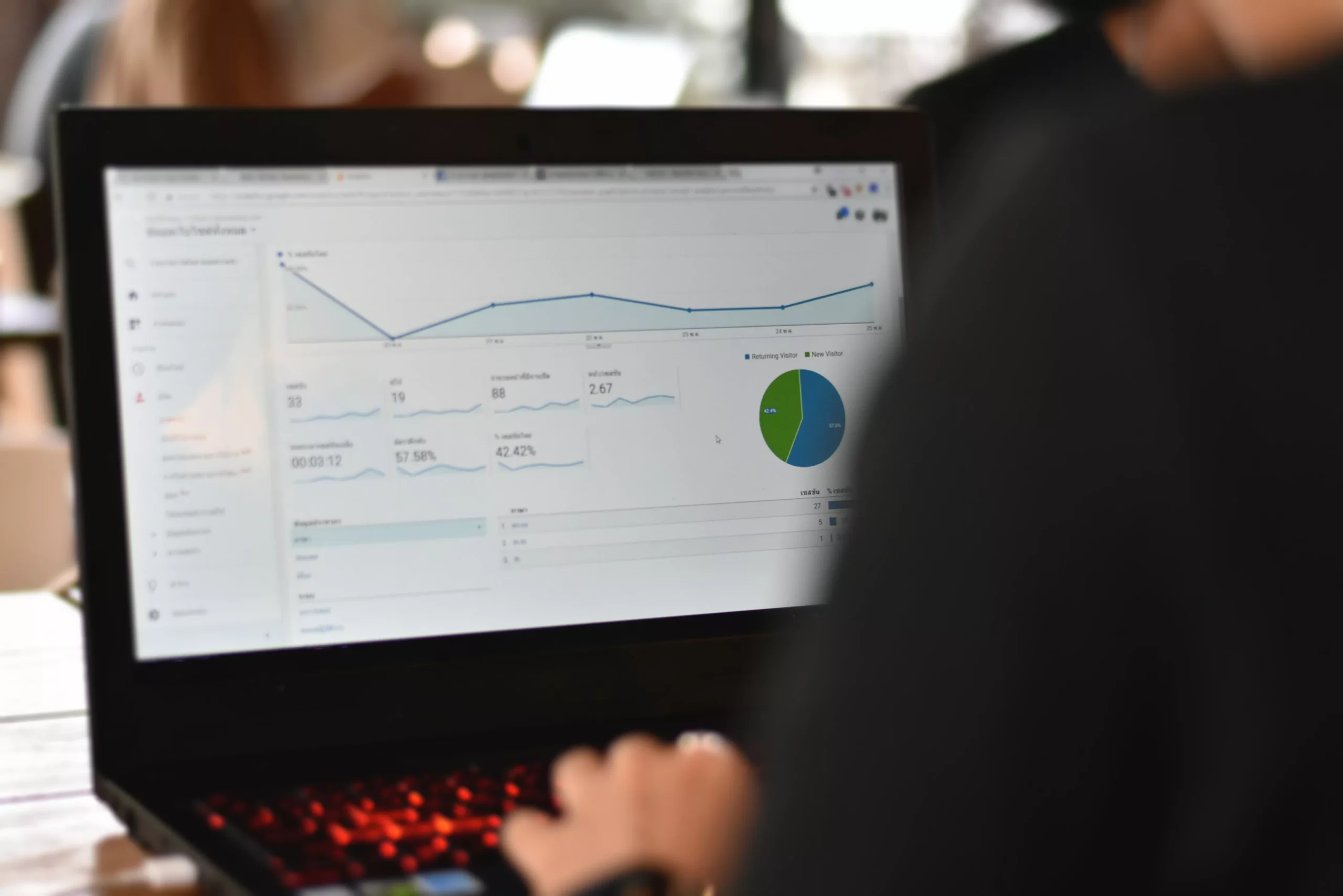How Google Analytics Continues to Evolve: A Discussion

The web is at the crux of a technological revolution. However, Google Analytics is a means to ensure the virtual world’s credibility and efficiency. Almost all businesses are either entirely or partially dependent on their website traffic’s data reports and analysis. Marketing and advertising agencies utilize data analysis merits to devise a marketing strategy that yields profits for everyone involved.
Like everything else in the 21st century, Google Analytics went through a series of transformations from its initiation. Originally, “hit counter” was the only way to know the reach of your online content, but it didn’t tell you what part of the content interested the visitor and how long they stayed on your page. That’s why something like Google Analytics was necessary to rule the statistics of the website world.
Where did it all begin?
Urchin was a web statistics analysis program that came about in 1998. Google acquired it in March 2015 to serve as the blueprint of the first Google Analytics. Urchin’s revolutionary approach made it easy for people to interact with the online medium and make the online world’s impalpable information palpable.
The idea was to make efficient and capable analytical tools available for everyone regardless of their spending capacities. Google was adamant about exploring the immeasurable potential of data analysis to create an experience that facilitates web users. They believed that Google Analytics could be the very thing that can empower the business of all types and sizes. They have invested substantial resources in this online venture to make it available for the masses for free.
Changes over the years:
Google Analytics V1 was shut down soon after its launch because of immense public demand though it was re-launched after some time but only for selected individuals via invites. In the summer of 2006, Google figured out a way to help its consumers manage their ROIs by introducing a reporting analysis program for AdWords. After this, the forum was open for public use again, and everything was back on track.
2007 and 2008 were the years when Google Analytics witnessed the most changes in its design. It altered Google Analytics’ reporting interface to make room for effective collaboration and increased customization. The second version of GA made it possible for its users to easily find and share statistics because of an improved display setting. Beta updates in October of 2008 were the continuous trickle that GA needed to continue its transformation as per customers and field experts’ suggestions.
After this phase, users could divide their traffic into various subsets, exclusively organize data however they please, navigate among various profiles easily and compare the metrics visually via updates like Advanced Segmentation, Custom Reports, Management Dashboard, and Motion Charts respectively.
The year 2009 was monumental for Google as the made leaps and bounds in Analytical Intelligence. AdSense assists its users in quantifying ROIs and their website’s performance with the help of its integration feature. Not only this, incorporation of these metrics and analytics in various platforms was possible because of the Data Export API. The upgraded algorithm system of V4 of Google Analytics made the detection of data anomalies convenient and allowed users to set goals for the program. In 2012, we came face to face with Universal Analytics that made tracking users across multiple devices possible using their web IDs.
Where are we?
The boundary between offline and online world vanished as demographics, and close surveillance of individuals’ online behavior made it possible to predict their offline behavior. Now, you can utilize GA’s services on mobile apps, and there is no difference in services for Android and iOS.
And that’s not the end of it; the Clicktale Experience Cloud and Machine Learning has provided several opportunities for progress in data analytics
Google Analytics Summary:
We’ve come a long way from judging our content’s reach through hit counter to knowing what part of our content is being accessed by an individual and for how long. Still, there is room for improvement and the tech companies know where and to invest their resources. Need help setting up and understanding your website analytics? Talk to the pros at Clutch Creative and learn more about your website users.












